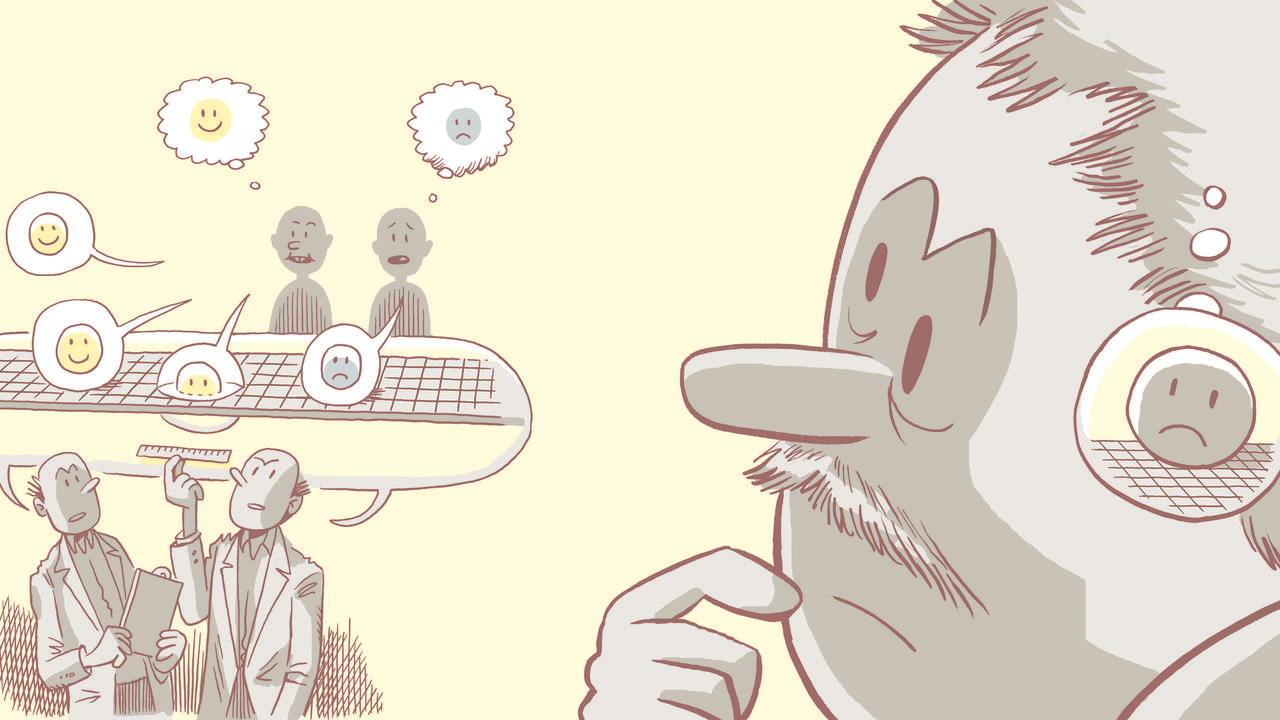Nick Brown Smelled Bull
A plucky amateur dared to question a celebrated psychological finding. He wound up blowing the whole theory wide open.
June 6, 2023 | Editors’ Note: Our new story about The Gutsy Undercover Cop Who Took Down Chicago P.D.’s Most Crooked Crew got us thinking about this Narratively Classic. It’s another epic saga about a determined underdog who was the only one willing to stand up to the people in power. “It’s not just that he saw through the bad science, which was remarkable enough,” says our writer Vinnie Rotondaro, “but that he was personally offended by it, and really pissed off.” Enjoy the read!
It was autumn of 2011. Sitting in a dimly lit London classroom, taking notes from a teacher’s slides, Nick Brown could not believe his eyes.
By training a computers man, the then-fifty-year-old Brit was looking to beef up his people skills, and had enrolled in a part-time course in applied positive psychology at the University of East London. "Evidence-based stuff" is how the field of “positive human functioning” had been explained to him—scientific and rigorous.
So then what was this? A butterfly graph, the calling card of chaos theory mathematics, purporting to show the tipping point upon which individuals and groups “flourish” or “languish.” Not a metaphor, no poetic allusion, but an exact ratio: 2.9013 positive to 1 negative emotions. Cultivate a “positivity ratio” of greater than 2.9-to-1 and sail smoothly through life; fall below it, and sink like a stone.
The theory was well credentialed. Now cited in academic journals over 350 times, it was first put forth in a 2005 paper by Barbara Fredrickson, a luminary of the positive psychology movement, and Marcial Losada, a Chilean management consultant, and published in the American Psychologist, the flagship peer-reviewed journal of the largest organization of psychologists in the U.S.
But Brown smelled bullshit. A universal constant predicting success and fulfillment, failure and discontent? "In what world could this be true?" he wondered.
When class was over, he tapped the shoulder of a schoolmate he knew had a background in natural sciences, but the man only shrugged.
“I just got a bee in my bonnet,” Brown says.


